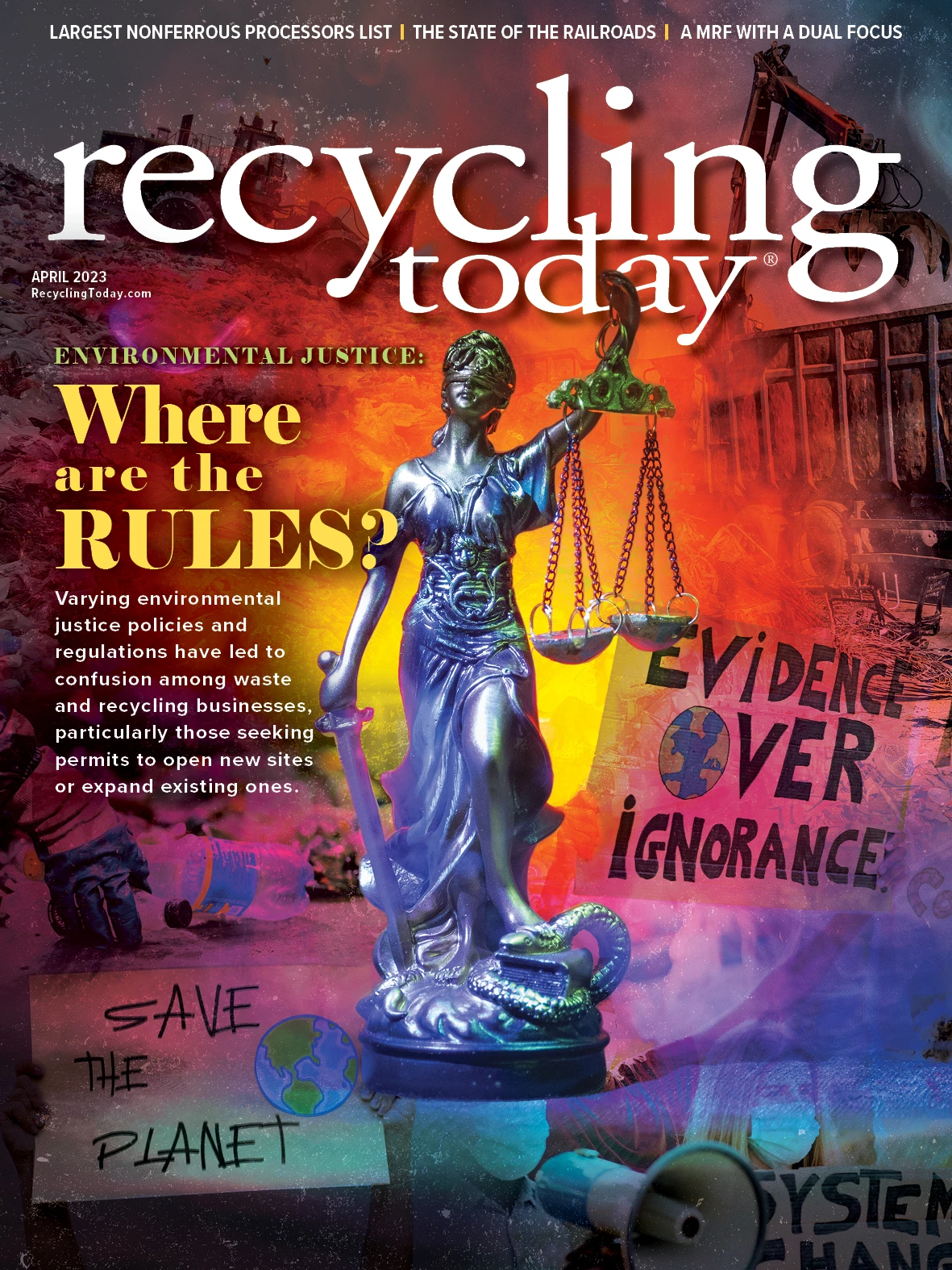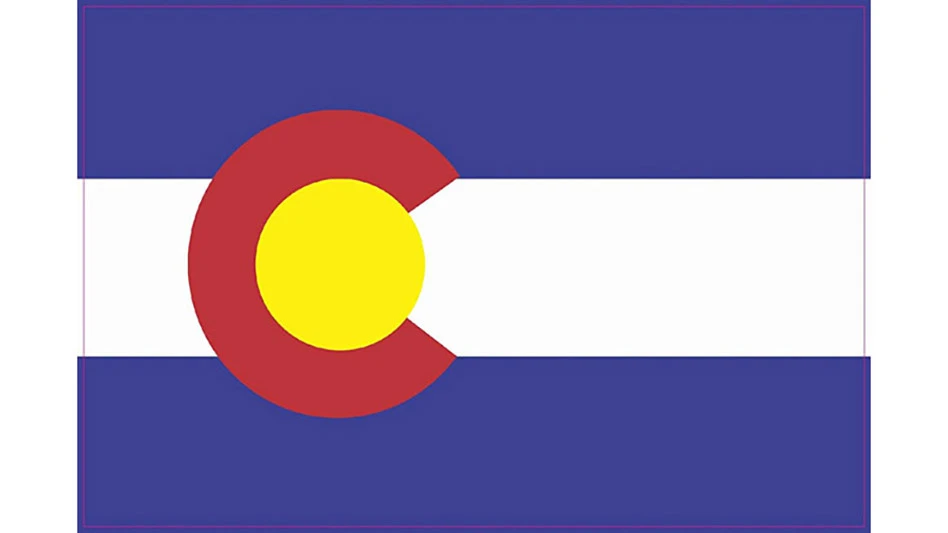

Last fall, the U.S. Environmental Protection Agency (EPA) issued requests for proposals for recycling grants available through the Bipartisan Infrastructure Law: the Solid Waste Infrastructure for Recycling (SWIFR) and the Consumer Recycling Education and Outreach (REO) programs.
The SWIFR grant program was authorized by the Save Our Seas 2.0 Act and funded through the Bipartisan Infrastructure Law. The program provides $275 million in funding to implement strategies to improve recycling, allocating $55 million per year from 2022 to 2026. The funds will remain available until they are expended.
The SWIFR grant program provides grants to implement strategies to improve postconsumer materials management and infrastructure, support improvements to local postconsumer materials management and recycling programs and assist local waste management authorities in making improvements to local waste management systems.
The REO program plans to award $75 million between 2022 to 2026 to fund projects that improve the effectiveness of residential and community recycling and composting programs through public education and outreach. Projects funded through the program must inform the public about residential or community recycling or composting programs, provide information about the materials that are accepted as part of residential or community recycling or composting programs, increase collection rates and decrease contamination.
Gershman, Brickner & Bratton Inc. (GBB) of Vienna, Virginia, hosted a webinar in early December 2022—"Winning Proposals for Your Community"—to provide insight into how grant applicants can create better proposals.
“Our goal is to provide our expertise about what makes for innovative, equitable, high-impact recycling projects,” said Jennifer Porter, GBB senior vice president and sustainability officer.

Start with an evaluation
Before applying for grants, GBB consultant Paige Davis said applicants should evaluate their local and regional solid waste systems and infrastructure, identifying gaps. A potential applicant also should find the right partners to help with project design and implementation.
“You must not only have the right partners on planning, but you’re demonstrating how your community plans to progress the EPA’s priorities described in the 2022-2026 EPA Strategic Plan, the 2021 National Recycling Plan and the 2021 Build America, Buy Better Act,” Davis said. “These priorities include circularity and sustainable materials management, climate adaptation and mitigation, environmental justice [EJ] and domestic procurement of materials.”
Those submitting a SWIFR request for application (RFA) must show how their projects advance one of several goals:
- tackling the climate crisis;
- taking decisive action to advance EJ and civil rights;
- safeguarding as well as revitalizing communities; or
- ensuring clean and safe water for all communities.
Davis said the concepts of circularity, climate mitigation and EJ are echoed in the 2021 National Recycling Strategy, in which the EPA provides a road map to achieve the nation’s goal of diverting 50 percent of the nation’s solid waste from landfills through recycling by 2030.
Those submitting a REO RFA must show how their projects align with one of five goals:
- improving markets for recyclables;
- increasing recycling collection and improving materials management infrastructure;
- reducing contamination within recycled material streams;
- enhancing policies and programs to support circularity; or
- standardizing measurement and increasing data collection efforts.
REO projects are funded under two tracks: Track 1 benefits disadvantaged communities as defined in the RFA. The EPA says it expects about 40 percent (or $12 million) of REO funding to be awarded to projects that benefit disadvantaged communities. Track 2 benefits all other communities that do not fall under the category of a disadvantaged community as described in Track 1.
For REO applicants, Davis said it is important to clarify projects’ EJ concepts in the RFA.
Track 1 of REO involves the federal government’s Justice40 Initiative, which aims to ensure 40 percent of the overall benefits of certain federal investments are distributed to disadvantaged communities that are marginalized, underserved and overburdened by pollution.
“Environmental justice principles, such as meaningful involvement and engagement of community members and ensuring that the environmental burden is equally distributed, should be incorporated into all proposals,” she added.

Other tools and considerations
During the webinar, GBB Project Manager Eugenia Manwelyan said the EPA offers several helpful tools when developing a SWIFR or REO grant application, including the EPA Model Recycling Program Toolkit. The toolkit is an interactive collection of materials that can help applicants create effective programs for recycling, composting, anaerobic digestion, reuse, repair and waste reduction. The EPA organized toolkit materials by category, including case studies, training materials, consumer education materials, standardized terms and a grantee evaluation guide to measure program participation, contamination and the change in the volume of recyclables collected.
“We absolutely encourage you to spend time on the site, explore the resources and determine how you might use it in your work,” she said.
Manwelyan recommended that applicants use the EPA’s Environmental Justice Screening and Mapping Tool (EJScreen), which combines EJ and demographic indicators in maps and reports. The public screening and mapping tool identifies communities that might be overburdened by pollution and helps agencies incorporate EJ into environmental programs, including permitting, compliance and outreach. EJScreen provides a community-level evaluation of vulnerability by using census block group data and 12 EJ indicators, such as proximity to hazardous waste, as well as seven socioeconomic indicators, such as racial status and household income.

Additionally, the EPA offers a Climate and Economic Justice Screening Tool, which helps agencies identify communities that benefit from the federal government’s Justice40 Initiative. Although this tool is like EJScreen in that it uses geographic information system tools to identify communities potentially affected by legacy environmental pollution, it differs in purpose and data sets. The Climate and Economic Justice Screening Tool’s data set includes census data, labels areas using eight categories of burden and uses 12 environmental indicators from EJScreen.
Manwelyan said applicants should consider a few questions when developing a proposal for either the SWIFR or REO grants:
- How can your project offer value? Is it a case study or a road map for other communities?
- How do you plan on measuring your impact outcome? What defines success?
- How will your program make a difference to improve recycling in your community or region?
- How do you improve your capacity to implement the program and manage this grant?
Manwelyan concluded that it’s important for applicants to show their available resources and level of commitment to a project. Applicants also want to ensure the project will address and correct environmental injustices while also promoting EJ in marginalized communities.
Get curated news on YOUR industry.
Enter your email to receive our newsletters.
Explore the April 2023 Issue
Check out more from this issue and find your next story to read.
Latest from Recycling Today
- Republic Services, Blue Polymers open Indianapolis recycling complex
- Altilium produces EV battery cells using recycled materials
- Brightmark enters subsidiaries of Indiana recycling facility into Chapter 11
- Freepoint Eco-Systems receives $50M loan for plastics recycling facility
- PET thermoform recycling the focus of new NAPCOR white paper
- Steel Dynamics cites favorable conditions in Q1
- Hydro starts up construction in Spain
- Green Cubes unveils forklift battery line






